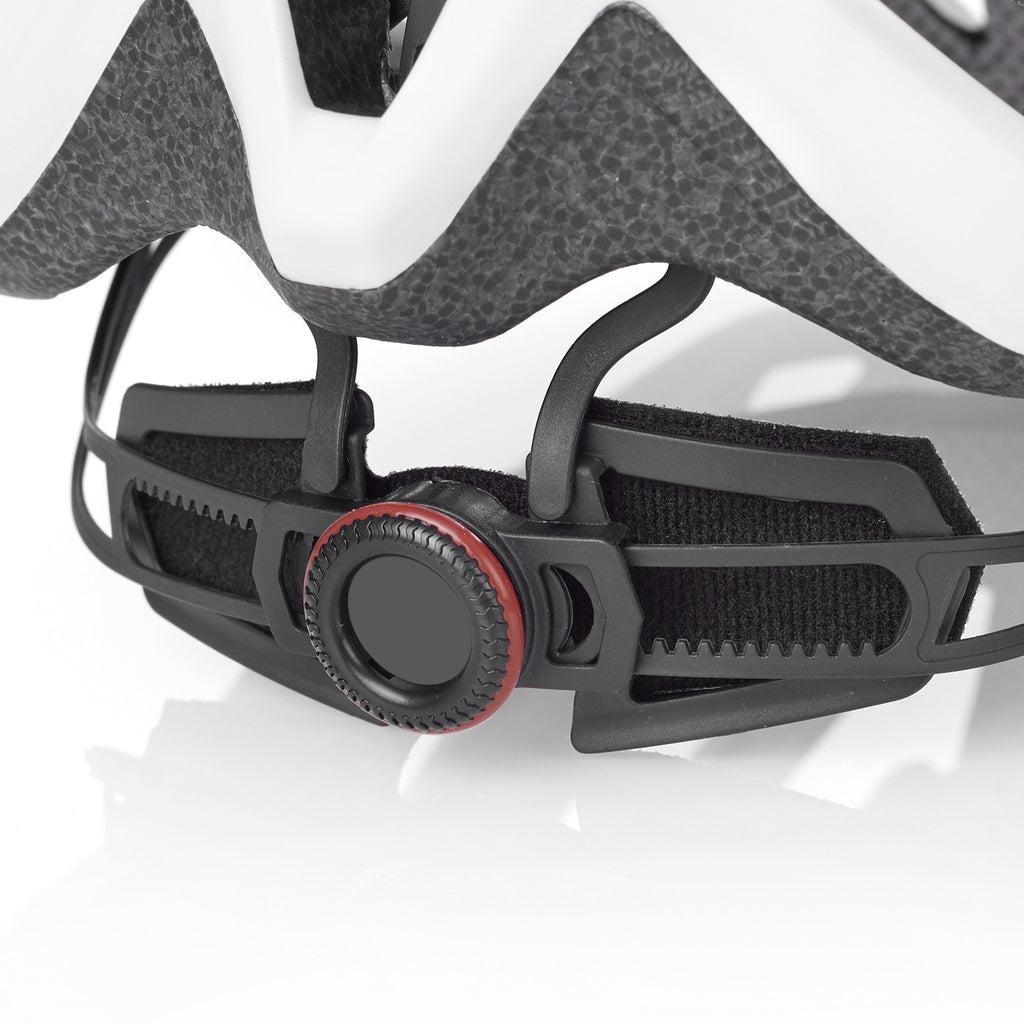

How We TestedĮvery helmet on this list has been thoroughly evaluated and vetted by our team of test editors. And that means helmets are always becoming better and safer.

But wearing a helmet is always better than not wearing a helmet, and our understanding of what makes an effective helmet, and the associated testing, improves every day. However, no controlled test can replicate every possible real-world crash. The specifics of those tests and the results are often proprietary and not shared with the public. Outside of CPSC and VT’s STAR, most reputable helmet makers have their own in-house test protocols.

Virginia Tech only recommends helmets that receive four or five stars. A helmet gets more stars if the testing indicates it does a better job of reducing injury. VT’s protocols evaluate a helmet’s ability to mitigate liner acceleration and rotational velocity, then assigns a ranking of zero to five stars. Of them, we like Virgina Tech’s STAR tests which were developed with a more modern understanding of head injuries than the CPSC’s test. There are voluntary and third-party tests outside of the CPSC test. Given all we’ve learned about brain injuries in the past 20+ years, the CPSC test is in desperate need of an update. However, the standard is old (adopted in 1998), and does not, for example, contain any language about mitigating rotational forces on the brain, nor does it lay down any standards for a full-face helmet’s chin bar. must meet a Consumer Product Safety Commission (CPSC) standard. Measure the circumference of your head to determine the best size if you fall between sizes, go by comfort.Īll helmets sold in the U.S. Sizes vary by brand, and most companies offer a fit guide to help you determine which size is best for your head. “ A helmet will protect you only if it fits correctly,” says John Thompson, Scott’s helmet product manager. The size and design of the vents is often more important than the quantity. The Giro Synthe, for example, has only 19 vents but is widely regarded as a well-ventilated helmet, while the Kask Valegro has a whopping 37 vents. You can’t judge a helmet’s cooling ability simply by how many vents it has. Don’t be fooled by the “more vents are better” mantra. Other helmets that prioritize impact protection, like downhill and some mountain bike helmets, often have fewer vents (more holes = less protection against rocks and sticks). They are the lightest and most-ventilated helmets out there, and in some cases not only vent well but actually enhance cooling over wearing no helmet at all by directing airflow through the helmet and over your head. Road and XC helmets are the flyweights of the helmet world. See our top picks below, then scroll down for more in-depth reviews of these helmets and other great options, as well as helpful buying tips and advice.Įxtended coverage offers more protection. They usually have slightly less ventilation than road helmets and, of course, a more casual aesthetic. They tend to be a little tougher, to stand up to the rough and tumble abuse that typifies urban use, and often have features like light clips, or even built-in lighting. Some helmets are designed with commuters in mind.

They typically do not have a visor or are designed to accommodate goggles. Road and cross-country (XC) mountain bike helmets are light and extremely well-ventilated, but may lack the added protection of trail helmets. If you like rowdy trails and big air, consider either a trail or enduro model, which will have greater protection for the back of your head than a road-style helmet, which tends to prioritize ventilation and weight over added side and back protection.ĭownhill helmets have chin bars-some of which are removable-for even more protection. The first step in buying a helmet is determining how you will use it.


 0 kommentar(er)
0 kommentar(er)
